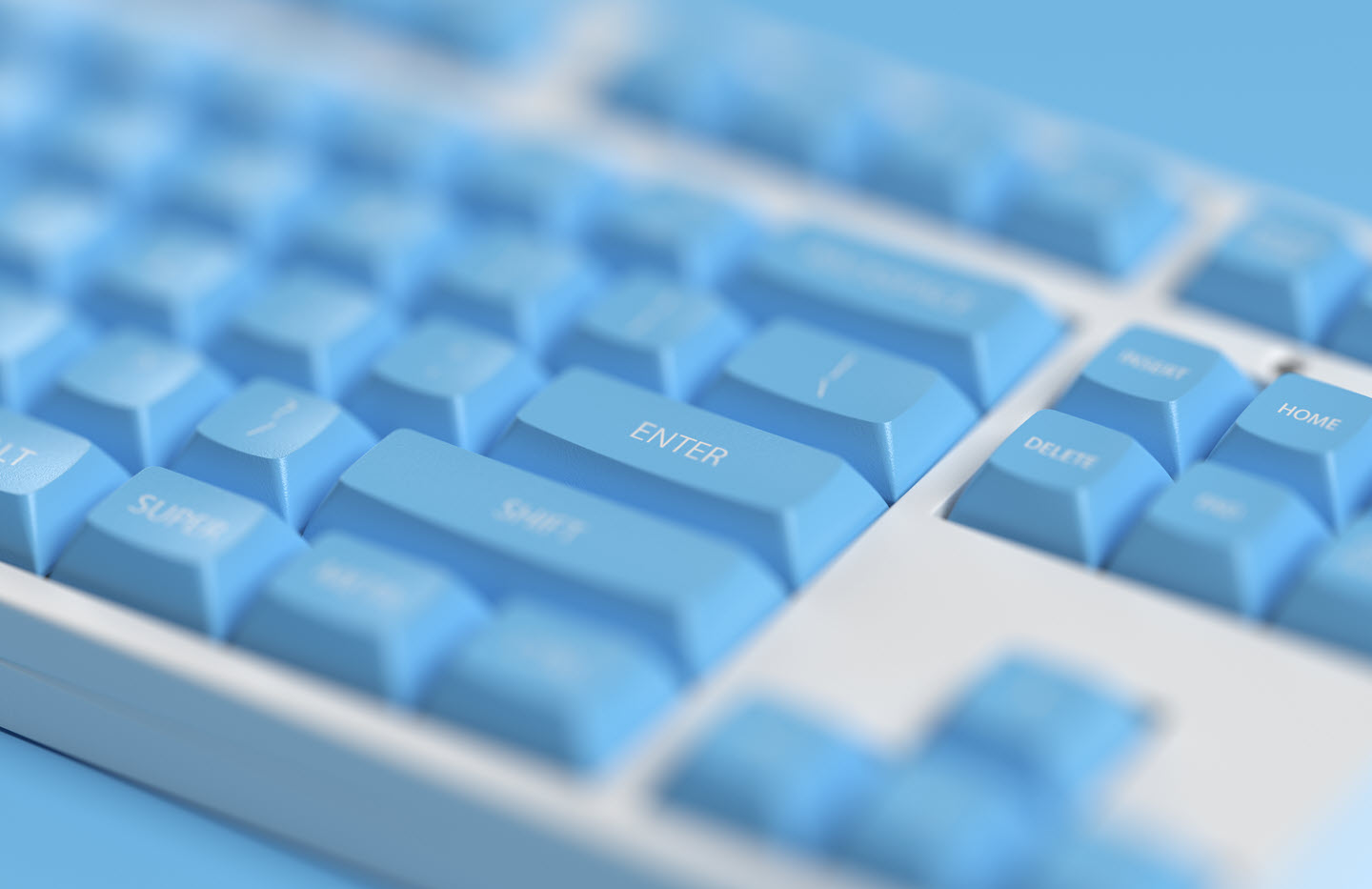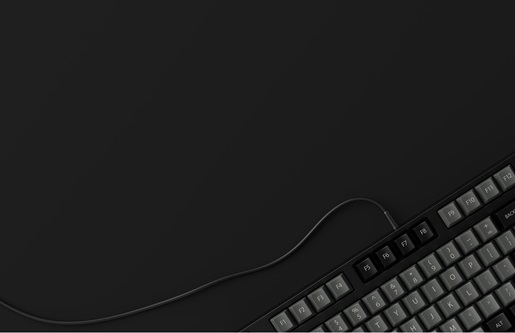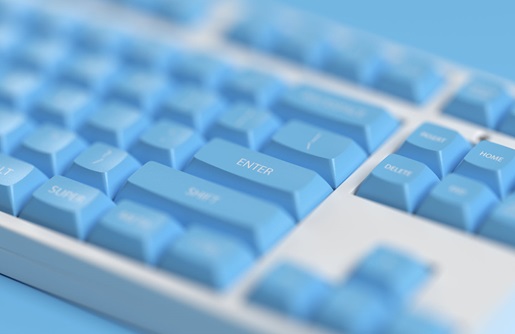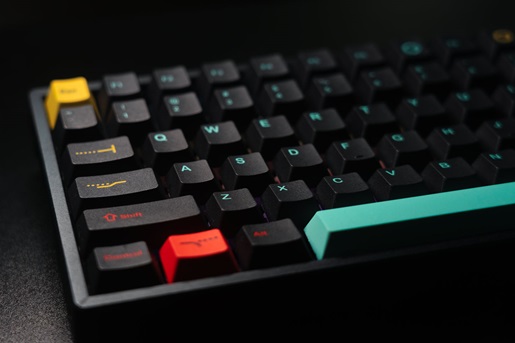Keep your biggest keys moving and sounding their best
If each key on your keyboard feels roughly the same to press, despite coming in a variety of shapes and sizes, you can thank keyboard stabilizers. On the other hand, if your keyboard is full of weird rattles and other irritating inconsistencies, you may also have your keyboard stabilizers to blame. Keyboards have a lot going on underneath their keycaps, yet one of their simplest moving parts — mechanical keyboard stabilizers — can have a massive effect on how they feel.
Maybe you can already perfectly picture the difference between screw-in and plate mounted stabilizers. Or maybe the term conjures an image of some kind of gyroscopic fighter jet contraption in your mind. Either way, this guide will help you understand what keyboard stabilizers are, how they’re used in different keyboards, and how to find the best set for your own board.
Looking to create your own custom keyboard? This guide will show you all the parts you need to get started.
What are keyboard stabilizers?
Keyboard stabilizers are components of a keyboard that ensure larger keys operate consistently no matter where you press them. For instance, a spacebar may be six times as wide as a standard key, yet it will still typically only use one switch to register keypresses. Without stabilizers (sometimes shortened to “stabs” by enthusiasts), the spacebar could wobble or tilt when pressed anywhere but its very center — which would feel annoying at best and could result in damage to the switch at worst.
Most stabilizers work by running a length of metal wire across the underside of the key, with the wire seated in movable stems or hooks on either side. The wire distributes the force of the keystroke across the whole keycap, meaning pressing down on the left or right side of the key results in the same steady downward travel as pressing in the center.
Did You Know?:If you’re looking for the perfect switches to work in harmony with your stabilizers, you should check out our guide to the best mechanical keyboard switches.
What’s the difference between plate mounted stabilizers and other types?
While the basic principles behind stabilizers are (almost) universal, they vary greatly in application and configuration. With that in mind, here are four of the most common types of mechanical keyboard stabilizers.
- Screw-in stabilizers are so named because a screw secures them directly to the keyboard’s printed circuit board (PCB). Many enthusiasts count screw-in stabilizers as their favorite because their strong connection means they minimize rattle and unwanted movement.
- Clip-in stabilizers are also mounted directly on the PCB, but they use clips to attach rather than screwing in. This makes them easier to replace than screw-in stabilizers but also less secure.
- Plate-mounted stabilizers are often used in more budget-friendly boards. Being installed on a mechanical keyboard plate rather than the PCB means they can sometimes pick up extra noise or rattle from the force of pressing other keys, but they can also be easier to install and maintain.
- Costar stabilizers are also frequently mounted on a keyboard’s plate, but they eschew the movable stem and housing design of Cherry stabilizers (and Cherry-style stabilizers) for simple hooks that secure the wire to the caps and board. Since the wire is connected to the cap, removing Costar-stabilized keycaps can take some finesse, but their simplicity makes them both durable and easy to mod.
Did You Know?:If you want the best-feeling keyboard possible, don’t stop with finding the right stabilizers. Try out the latest line of HHKB keyboards featuring best-in-class electrostatic Topre switches.
How to find the right mechanical keyboard stabilizers
So, we’ve laid out how stabilizers work in general, and how the different types of stabilizers function in practice. Now it’s time to find the right stabilizers for your mechanical keyboard, whether you’re replacing a set or starting to build your own mechanical keyboard. Here’s how to get started.
- Figure out which type of stabilizer your PCB and keyboard plate are built to use (see the list above for a start).
- Figure out how long your space bar and other stabilized keys are. Key width is measured in units that roughly correspond to the size of standard keycaps, and a common spacebar size is 6.25u. Check the specs for your keycaps if you’re not sure.
- Determine how many stabilizers your keyboard needs. For instance, if you’re using a 60% keyboard, you’ll likely need at least at least five: one for backspace, one for enter, two for the shift keys, and one extra-long one for the spacebar.
- Finally, determine which of the many manufacturers and brands of stabilizer you’d like to order.
Mechanical keyboards offer a seemingly endless array of components to consider, and though stabilizers are not as diverse as the world of different mechanical keyboard switches, there are still dozens to choose from.
GMK stabilizers enjoy a similar reputation as the keycaps from the same company: Sets of GMK screw in stabilizers are perennially hailed as a solid pick among enthusiasts, and you can even choose a la carte from these GMK plate mount stabilizers to fit your build. Other manufacturers with a well-regarded stable of stabilizers include Durock and Everglide.
You also may want to consider lubricating your stabilizers for the smoothest and quietest possible motion. If so, you can follow many of the same steps and material recommendations from our guide on how to lube keyboard switches.
Note: Information and external links are provided for your convenience and for educational purposes only. PFU America, Inc. makes no representations about the contents, features, or specifications on such third-party sites, software, and/or offerings (collectively “Third-Party Offerings”) and shall not be responsible for any loss or damage that may arise from your use of such Third-Party Offerings.







